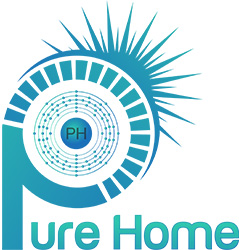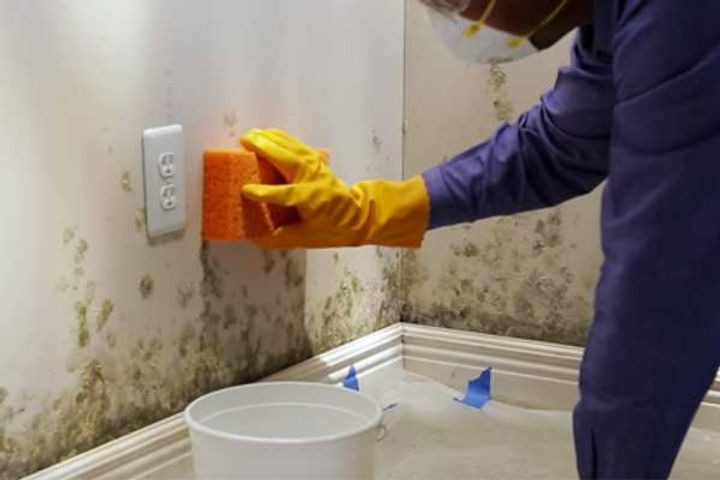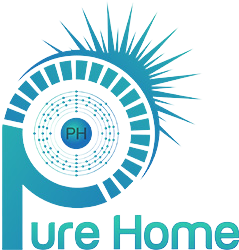Reasons To Never DIY Mold Removal
Mold is a common household issue that can pose serious health risks if not properly addressed.
We explore the dangers of attempting to remove mold on your own and why it is crucial to leave this task to the professionals.
From exposure to harmful chemicals to the spread of mold spores and potential health hazards, DIY mold removal can have serious consequences.
We also discuss the proper steps for professional mold removal to ensure a safe and effective process.
Key Takeaways:
- DIY mold removal exposes you to harmful chemicals that can have long-term health effects.
- Lack of proper equipment and knowledge can lead to ineffective removal of mold and potential spread of mold spores.
- Professional mold removal involves thorough inspection, containment, and proper disposal to ensure complete removal and prevention of future growth.
What Is Mold?
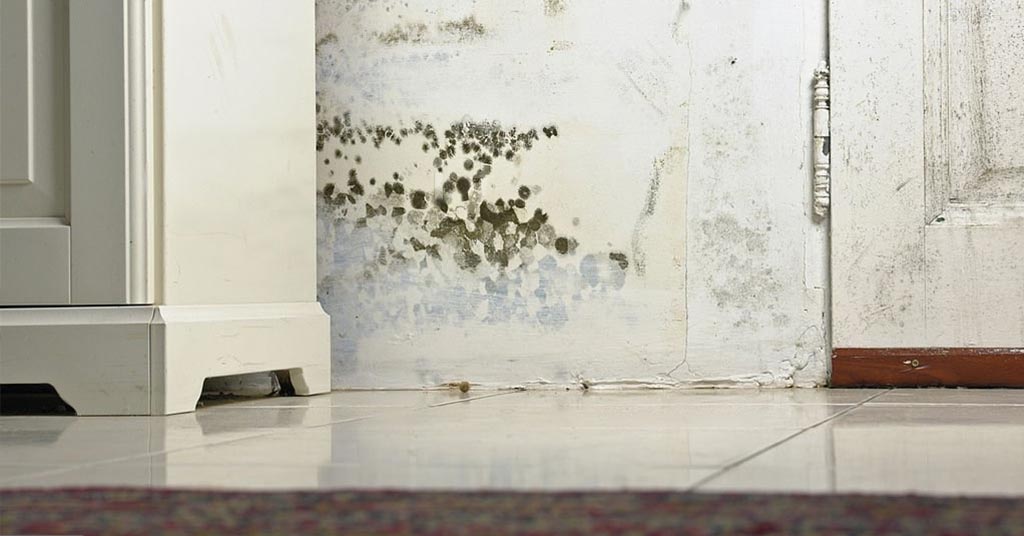
Mold, a type of fungus, is a common household problem that thrives in damp and humid environments, posing serious health risks if not properly addressed.
There are various types of mold that can be found in homes, including black mold, green mold, and white mold. These molds can grow on different surfaces such as walls, ceilings, floors, and even household items like carpets and furniture. Mold typically spreads through spores that travel through the air and land on moist areas where they can multiply rapidly.
Common locations where mold is often found in homes include bathrooms, kitchens, basements, and areas with poor ventilation. It is crucial to keep these areas dry and well-ventilated to prevent mold growth. Regarding DIY mold removal, using appropriate protective gear, such as gloves and masks, is essential to avoid exposure to harmful spores. Cleaning mold-infested areas with a mixture of water and detergent can help eliminate surface mold.
Why Is Mold Removal Necessary?
Mold removal is crucial to safeguard the health and well-being of individuals living in mold-infested environments, as exposure to mold can lead to a variety of health issues.
Without proper and timely mold removal, individuals are at risk of developing respiratory problems, allergies, skin irritation, and even more severe conditions. Mold growth can compromise the structural integrity of buildings, causing damage to walls, ceilings, and other surfaces.
Neglecting mold removal can result in the spread of mold spores throughout the air, leading to the contamination of other areas within the property. It is essential to address mold issues promptly and effectively to prevent further health hazards and property deterioration.
What Are The Risks Of DIY Mold Removal?
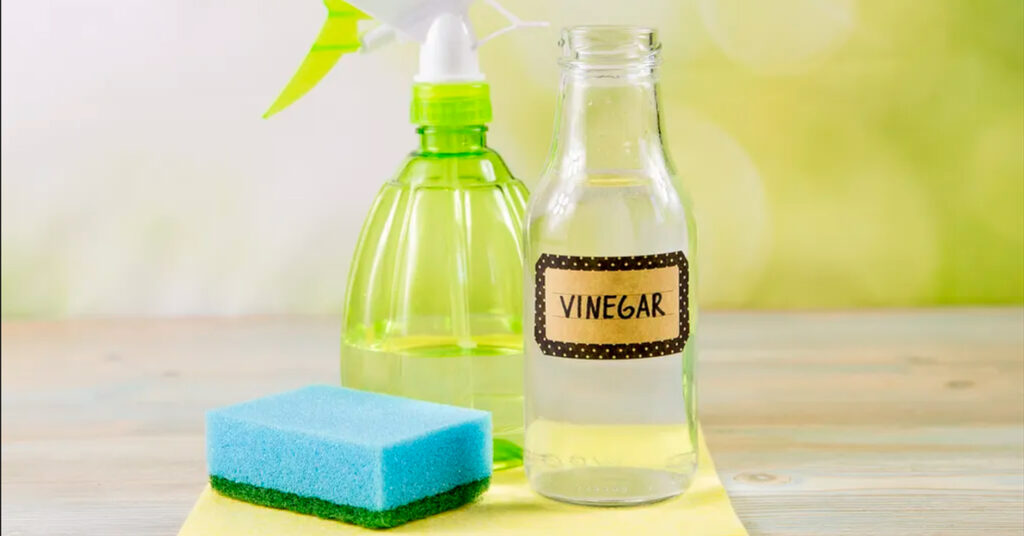
Attempting DIY mold removal poses significant risks and challenges that can exacerbate the mold problem and endanger the health of individuals in the vicinity.
One of the key dangers of opting for DIY mold removal is the exposure to harmful chemicals commonly found in cleaning agents. These chemicals can not only be hazardous to your health but also to the environment. Without the right protective gear and training, individuals may unknowingly subject themselves to respiratory issues, skin irritations, and other health complications. Moreover, inadequate equipment can lead to ineffective removal of mold, resulting in recurring growth and further spreading of spores. Using improper removal methods may disturb the mold spores, causing them to become airborne and easily spread to other areas of the property.
Exposure to Harmful Chemicals
Engaging in DIY mold removal without proper protective gear and ventilation can result in exposure to toxic chemicals, leading to respiratory issues and other health complications.
Exposure to harmful chemicals during the process of DIY mold removal poses serious risks to one’s health. These toxic substances can not only irritate the respiratory system but also trigger allergic reactions in sensitive individuals. Inadequate safety measures such as lack of proper masks and gloves can further exacerbate the dangers. It is imperative to follow strict safety precautions while handling mold and chemical cleaning agents.
Relying solely on DIY methods without professional guidance can sometimes worsen the situation. In cases where the infestation is extensive or the mold is toxic, seeking professional assistance is crucial to ensure thorough removal and prevent health hazards.
Lack of Proper Equipment and Knowledge
Without the necessary equipment and expertise, DIY mold removal efforts can be ineffective and may even worsen the mold infestation, necessitating professional intervention to address the issue comprehensively.
Attempting to tackle mold without proper protective gear and specialized tools can expose individuals to harmful spores and mycotoxins, leading to potential health risks. Improper methods may not fully eradicate the mold, allowing it to regrow and spread further, creating a more challenging situation.
By enlisting the help of certified mold remediation experts, individuals can ensure thorough removal, prevent recurrence, and safeguard their indoor air quality. Professional assistance also includes identifying the root cause of mold growth, thereby addressing moisture issues to prevent future infestations.
Ineffective Removal of Mold
DIY mold removal methods often lack the precision and thoroughness required to eliminate mold completely, leading to recurring mold growth and potential health risks for occupants.
Knowing what can kill mold is not enough, because one of the challenges with DIY mold removal is that amateur methods may only address the visible mold, leaving hidden mold growth untouched. This incomplete removal process can allow the mold to spread and reappear in different areas of the property, posing health hazards to those living or working in the space.
Without proper training and equipment, individuals attempting mold removal themselves may not be aware of the extent of the infestation or the specific techniques needed to effectively eradicate all traces of mold. This lack of expertise can result in ineffective remediation and the persistence of mold issues, making it essential to enlist the services of professional mold remediation experts.
Spread of Mold Spores
Untrained DIY attempts at mold removal can inadvertently spread mold spores to other areas of the property, worsening the contamination and increasing health hazards for individuals within the premises.
Inadequate containment measures, such as not sealing off the affected area properly or failing to use the appropriate protective gear, can result in the unintentional release of mold spores into the air. Once airborne, these tiny particles can easily disperse to other parts of the house, settling on various surfaces and potentially causing new mold growth. This can lead to a vicious cycle of contamination that becomes harder to control and eliminate.
Proper containment procedures, including isolating the contaminated area, using air scrubbers, and wearing respiratory protection, are essential to prevent the spread of mold spores during remediation.
Potential for Health Hazards
DIY mold removal carries a significant risk of exposing individuals to health hazards such as respiratory issues, skin irritation, allergic reactions, and even neurological symptoms, underscoring the importance of professional intervention.
Exposure to mold spores and toxins during the process of DIY mold removal can lead to a range of health problems that go beyond mere inconvenience. The respiratory issues may manifest in symptoms like coughing, wheezing, or shortness of breath, particularly concerning for individuals with preexisting conditions like asthma. Skin irritation, often characterized by redness, itching, or rash, can be a common consequence of direct contact with mold. Allergic reactions can vary from mild discomfort to severe responses in sensitive individuals, while neurological symptoms, although less common, can include headaches, dizziness, and even cognitive issues.
What Are The Potential Health Hazards of Mold Exposure?
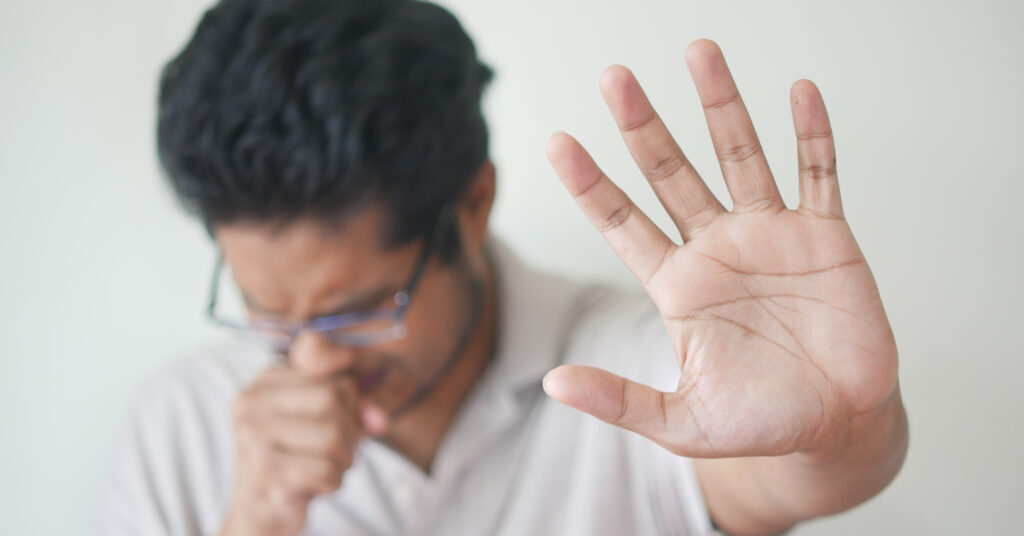
Exposure to mold can lead to a range of health hazards, including allergic reactions, respiratory issues, skin irritation, neurological symptoms, and potential organ damage, highlighting the urgent need for professional remediation.
When exposed to mold, individuals may experience common allergic reactions such as sneezing, coughing, watery eyes, and skin rashes. These symptoms can worsen over time if the mold exposure continues unchecked. Respiratory issues like asthma attacks and chronic bronchitis can also be triggered or exacerbated by mold spores in the air.
Long-term exposure to mold has been linked to more severe health outcomes, including neurological symptoms such as headaches, memory loss, and dizziness. Mold toxins can have a detrimental effect on various organs in the body, leading to liver and kidney damage if not addressed promptly.
Allergic Reactions
Exposure to mold spores is linked to allergies, specifically reactions such as sneezing, coughing, watery eyes, and skin rashes, underscoring the importance of professional mold remediation to safeguard health.
These allergic reactions can range from mild discomfort to more severe symptoms, especially for individuals with pre-existing respiratory conditions like asthma. Exposure to mold spores can exacerbate these conditions, leading to difficulty breathing and chest tightness.
Professional mold remediation is crucial as it ensures that the mold is safely and effectively removed, minimizing the risk of further exposure and health complications. Attempting DIY mold removal can be risky, as improper methods may release more spores into the air, worsening the situation and potentially causing more severe allergic reactions.
Respiratory Issues
Prolonged exposure to mold spores can lead to respiratory issues such as coughing, wheezing, chest tightness, and exacerbation of asthma symptoms, necessitating immediate remediation by trained professionals.
For those dealing with mold problems at home, understanding the potential respiratory problems caused by mold exposure is crucial. The presence of mold can trigger or worsen conditions like allergic rhinitis, sinus congestion, and even respiratory infections. In severe cases, individuals may experience difficulty breathing or shortness of breath, which can be alarming. It is essential to address mold issues promptly to prevent these health implications.
Skin Irritation
Skin irritation, including rashes, itching, and redness, can result from direct contact with mold or its spores, highlighting the need for expert mold removal services to eliminate the source of contamination.
Aside from skin irritation, prolonged exposure to mold can lead to more severe skin-related health hazards. Symptoms such as dermatitis, hives, and eczema may develop, causing discomfort and affecting overall well-being. Treatment options typically involve addressing the skin symptoms with topical creams and medications to reduce inflammation and itching.
To prevent skin issues related to mold exposure, individuals should prioritize proper ventilation in damp areas, promptly fix any water leaks, and consider professional mold inspections before attempting DIY mold removal. Protective clothing and masks should be worn when handling mold to minimize skin contact and potential health risks.
Neurological Symptoms
Exposure to certain types of mold toxins can lead to neurological symptoms such as headaches, dizziness, memory problems, and mood changes, necessitating prompt remediation and medical attention.
These symptoms are often a result of mycotoxins produced by mold, which can enter the body through inhalation, ingestion, or skin contact. In some cases, prolonged exposure to mold may lead to more severe neurological complications, including cognitive deficits and neurological disorders.
Professional intervention is crucial for effective mold removal, as improper handling can further spread mold spores and exacerbate health risks. It is important to address mold issues promptly to prevent long-term health consequences and ensure a safe living environment for occupants.
Organ Damage
Severe and prolonged exposure to mold toxins can have detrimental effects on organs such as the lungs, liver, and kidneys, underscoring the critical need for immediate and thorough mold remediation by experts.
When mold spores are inhaled, they can cause respiratory issues and aggravate conditions such as asthma and bronchitis. The liver, responsible for filtering toxins from the blood, may suffer damage from mold exposure, leading to liver dysfunction. The kidneys, crucial for filtering waste and balancing fluids in the body, can be adversely affected by mold toxins, potentially resulting in kidney disease.
What Are The Proper Steps for Professional Mold Removal?
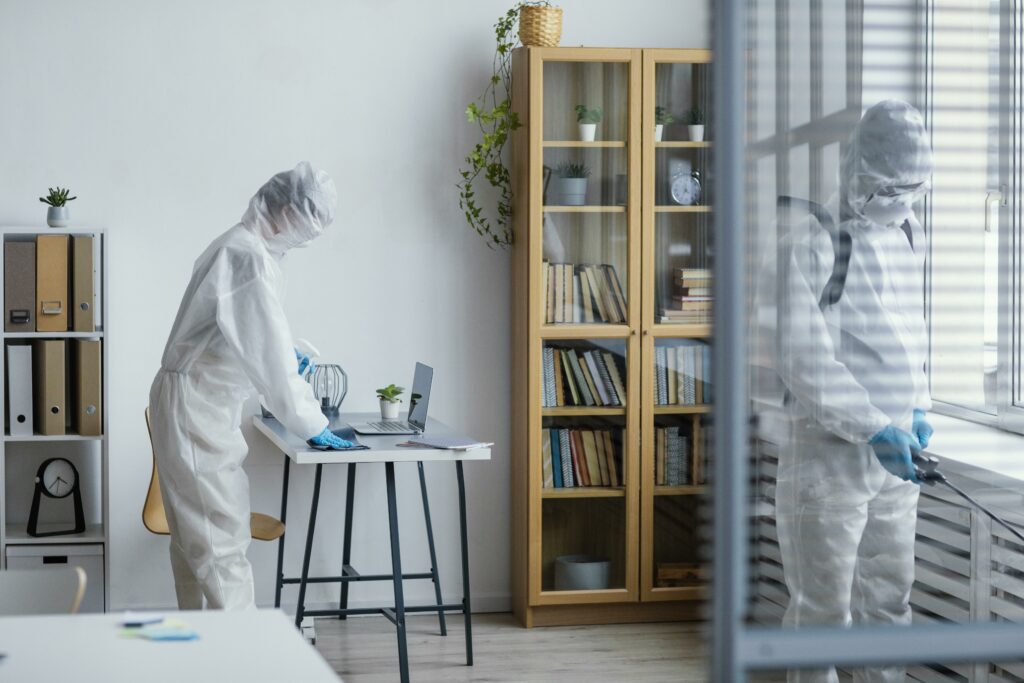
Professional mold removal involves a series of crucial steps, including inspection, containment, removal, cleaning, and prevention, to ensure a safe and mold-free environment for occupants.
The process begins with a thorough inspection of the affected area to determine the extent of the mold growth and identify the type of mold present.
- After assessment, the next step involves containing the mold to prevent its spread to other areas. This containment may include sealing off the contaminated area and using specialized equipment like HEPA filters to maintain air quality.
- Once containment is in place, the actual removal of mold can begin. This step often involves physically removing the mold-infested materials and thoroughly cleaning the surfaces to eliminate any traces of mold.
Inspection and Assessment
The initial step in professional mold removal is a comprehensive inspection and assessment of the affected areas to determine the extent of mold infestation and devise an effective remediation plan.
During this critical phase, professionals utilize specialized tools such as moisture meters, thermal imaging cameras, and air sampling devices to accurately identify hidden mold growth and assess air quality.
Through this meticulous process, they can pinpoint the root cause of the mold issue, whether it’s due to water leaks, poor ventilation, or high humidity levels.
These findings are crucial in crafting a tailored remediation strategy that targets the specific mold species present and ensures a thorough removal process to prevent recurrence.
Containment of Mold Growth
Containment measures are implemented to prevent the spread of mold spores during removal, ensuring that the affected areas are isolated and sealed off to minimize cross-contamination risks.
When dealing with mold, proper isolation techniques involve creating physical barriers using plastic sheeting, tape, or barriers to contain the affected area. These barriers help in restricting the movement of mold spores to clean areas, ensuring the safety of occupants and preventing further contamination. Protective measures such as wearing N95 masks, gloves, and protective clothing are crucial in minimizing exposure to mold particles, enhancing safety during the removal process.
Removal and Disposal of Mold
The physical removal of mold involves safely extracting contaminated materials, cleaning surfaces, and properly disposing of mold-infested items to eliminate the source of mold growth and prevent recontamination.
When dealing with mold removal, it is crucial to follow specific steps to ensure effective remediation and protect your health.
- Before starting the removal process, equip yourself with protective gear such as gloves, goggles, and a mask to avoid direct contact with mold spores.
- Next, seal off the affected area from the rest of the house to prevent the spread of spores using plastic sheeting and duct tape.
- To begin physically removing the mold, use a solution of water and detergent or a commercial mold cleaner to scrub affected surfaces thoroughly.
- After the cleaning, ensure proper ventilation by opening windows and using fans to dry the area completely.
- Securely bag and seal all mold-infested materials before disposing of them according to local regulations or hiring a professional disposal service if needed.
Cleaning and Sanitization
Cleaning and sanitization procedures are crucial in eliminating residual mold spores, disinfecting surfaces, and restoring the indoor environment to a safe and habitable condition after mold removal.
Following the completion of mold removal efforts, it is vital to address any lingering traces of mold to prevent regrowth and ensure a clean environment. Thoroughly disinfecting surfaces using appropriate cleaning agents and sanitizing solutions is a key step in this process. Common disinfection methods include the use of bleach solutions, hydrogen peroxide, or vinegar solutions to kill any remaining mold spores. Proper ventilation and drying of the area post-cleaning are essential to discourage mold re-infestation.
Prevention of Future Mold Growth
Preventive measures such as moisture control, ventilation improvement, and regular inspections are essential to prevent future mold growth and maintain a healthy indoor environment post-remediation.
Effective humidity management is crucial in mold prevention. Ensuring proper ventilation in areas prone to moisture build-up, such as bathrooms and basements, helps in minimizing the conditions favorable for mold growth.
Conducting routine checks for any signs of water leaks or dampness can detect potential mold issues early and address them promptly. DIY mold removal can be aided by implementing these strategies consistently to create an inhospitable environment for mold spores to thrive.
Frequently Asked Questions about Reasons To Never DIY Mold Removal
1. What are the main reasons to never DIY mold removal?
The main reason to never attempt DIY mold removal is the potential danger and risk it poses to your health and safety. Mold removal requires specialized tools, equipment, and knowledge that only professionals possess.
2. Can mold removal be dangerous for my health?
Yes, mold removal can be extremely dangerous for your health. Exposure to mold spores can cause allergic reactions, respiratory problems, and even more serious health issues. Without proper protective gear and training, DIY mold removal can put your health at risk.
3. What are the risks of attempting DIY mold removal?
The risks of attempting DIY mold removal are numerous. Without proper training and equipment, you could spread the mold spores to other areas of your home, making the problem worse. In addition, you could also damage your property and risk your own safety.
4. Is it worth saving money by attempting DIY mold removal?
No amount of money is worth risking your health and safety by attempting DIY mold removal. Professional mold removal services may seem expensive, but they have the necessary expertise and equipment to safely and effectively remove mold from your home.
5. Can mold return after attempting DIY removal?
Yes, mold can easily return after a DIY removal attempt. This is because DIY methods often only address the surface level of the problem, leaving behind hidden mold growth that can continue to spread. Professional mold removal services have the expertise to completely eradicate mold and prevent it from coming back.
6. Are there any legal implications of attempting DIY mold removal?
Yes, there can be legal implications of attempting DIY mold removal. If you do not properly remove all mold from your property, it can lead to health and safety hazards for future occupants. This can result in legal action and financial consequences. It’s best to leave mold removal to the professionals to avoid any legal issues.
